Launching the Lease - Regency Mall's Commercial Debut, 1975
The paint was barely dry when shoppers stepped through the glass doors for the first time.
Regency Square opened in Henrico County on October 16, 1975, billed as a modern indoor mall with four anchors and more than 70 stores.
Developers Leonard Farber of Pompano Beach and E. Carlton Wilton, a local name in real estate, had spent years assembling the site and pitching national retailers.
At launch, it wasn't just another suburban mall. The design stood out - two floors, a glass atrium, and escalators flanked by thick wood railings.
There was a cascading fountain in the central court. Natural light poured in through rows of skylights. Customers could shop at Sears or JCPenney, then grab lunch near the Thalhimer's wing.
Miller & Rhoads filled the fourth corner, anchoring the southern side.
The property stretched across 820,000 square feet. A parking deck wrapped around parts of the mall, with covered walkways leading into the building.
The site at 1420 Parham Road sat close to major roads but far enough from downtown Richmond that it served growing neighborhoods in the West End.
Tenants in those first months read like a directory of American mall retail: Waldenbooks, Spencer Gifts, Kinney Shoes.
Holiday sales came early. By December, shoppers packed the upper and lower levels, weaving through window displays stacked with Norelco shavers and Samsonite suitcases.
If you were looking for things to do in Richmond, Virginia, it was where you went.
Behind the scenes, the mall's management worked to keep leases filled. Retailers cycled in and out, but the anchors - JCPenney, Sears, Miller & Rhoads, Thalhimer's - held their ground.
For a while, Regency Mall was stable. The tenants sold. The fountain ran. And the lights stayed on.
Peak Retail - Foot Traffic and Floorplans, 1987-2003
By 1987, the lines for Orange Julius and Chick-fil-A ran deep into the walkways.
Regency Mall added a food court that year - one of the few structural changes to the original blueprint.
It filled the gap between the main escalators, bringing in national chains and a steady lunch crowd.
The court had skylights overhead, round tables in the middle, and storefronts like Sbarro, Panda Express, and Subway stacked side by side.
The retail lineup shifted but stayed packed. Over 70 stores operated inside, from big names like The Limited and Gap to smaller ones like Rave and Afterthoughts.
During weekends, parking filled up fast. Shoppers circled the upper deck, looking for spots near the east wing or the JCPenney entrance.
Holiday events also pulled crowds. Kids lined up in the center court to meet Santa.
Local choirs sang under garland-covered archways. During the back-to-school season, the mall ran fashion shows outside Thalhimer's.
Each event had a setup: balloons, loudspeakers, and folding chairs. Maintenance crews worked overnight to get things ready before the doors opened.
Management made only minor upgrades through the '90s. One anchor changed hands: after Miller & Rhoads shut down in 1990, Hecht's moved in.
Then, in 1992, Thalhimer's was sold to Hecht's, too, giving Regency Mall two separate Hecht's locations, north and south.
The names on the doors changed, but the retail stayed in place.
Taubman Centers bought the mall in 1997 after Prudential offloaded it. In 2003, they added a padded and colorful kids' play area near the west entrance.
Around that time, competition heated up. Short Pump Town Center and Stony Point Fashion Park both opened in 2003 - new, open-air, modern.
One of them, Stony Point, was backed by Taubman, too.
Regency Mall was still busy. But the foot traffic had options now. And some tenants started looking around.
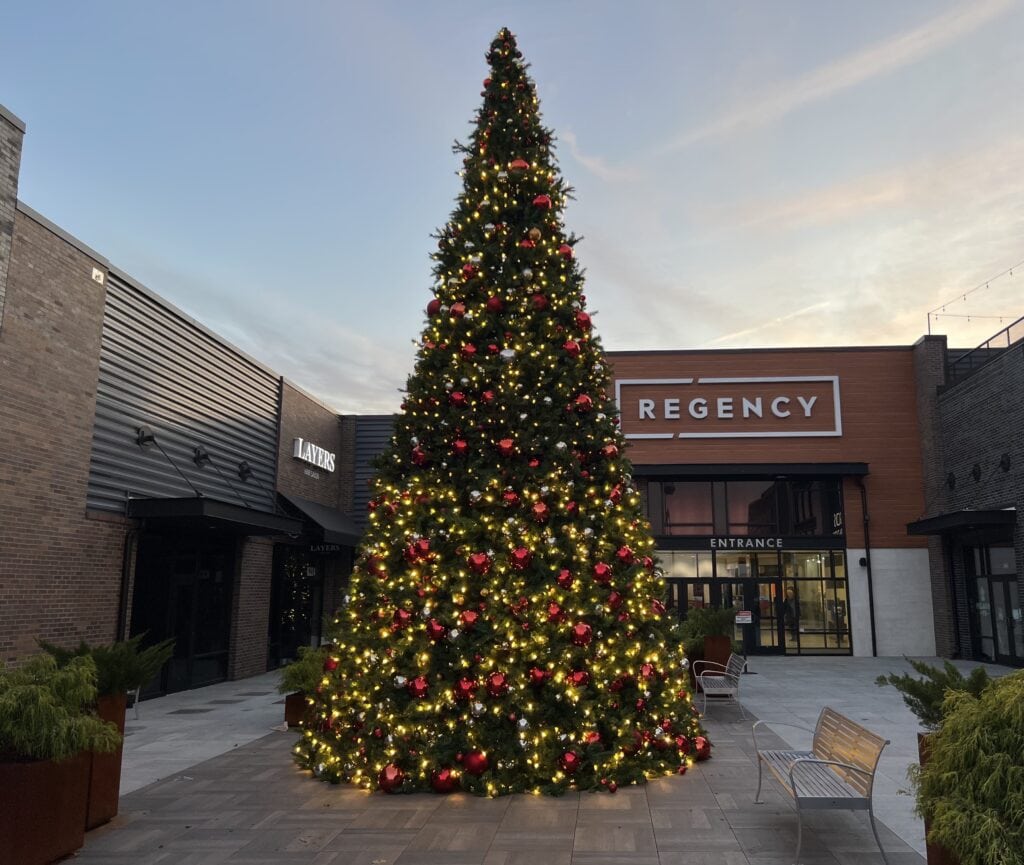
Vacancy Risk - Closures, Defaults, and Asset Sales, 2012-2020
The tone shifted after the recession. By 2012, Regency Mall was already thinning out. Taubman handed the mall back to its mortgage lender in January to avoid foreclosure.
It was no longer profitable under their books. Jones Lang LaSalle came in to manage the property, but the change didn't stop the slide.
Storefronts started to empty, and foot traffic dropped off. National chains pulled out - some quietly, others with clearance signs and covered windows.
Thalhimer Realty Partners and The Rebkee Company bought the mall in 2015 for $13.1 million.
Local firms with local stakes. They said they'd keep the site retail-focused, but one year later, Macy's shut both its locations.
Spring 2016. Those two boxes - North and South - had filled tens of thousands of square feet. They sat dark by the holidays.
Then came Sears. It closed in September 2017 as part of a 16-store shutdown. That same month, crews took down an overpass that ran above one of the entrances.
Plans were already in motion for a $30 million renovation. The upper-level parking deck was coming out - a full flattening of the terrain.
In early 2020, they demolished the old Sears building to make space for a 320-unit apartment complex.
That spring, Forever 21 closed its two-story shop as part of a nationwide restructuring.
JCPenney held on through the summer, but in August, it was announced the store would shut down by November. It did.
That fall, the mall bought back the JCPenney space for $3 million. Retail was still in the mall - but scattered, smaller, and repurposed.
Redevelopment by the Square Foot - Mixed Use and New Tenants, 2020-2023
By early 2020, the old Sears box was gone. Crews cleared the site to make way for The Rise at Regency, a 320-unit apartment development backed by The Rebkee Company.
Leasing started before the last bricks came down. Work continued through lockdowns and supply delays. By 2022, residents were moving in.
The changes didn't stop there. On October 10, 2020, Surge Trampoline Park opened on the upper level of the old Macy's North.
Wall-to-wall foam pits replaced cosmetics counters. Bounce passes sold better than blouses. That space had once drawn shoppers - now it drew kids in socks and parents holding coffee.
At the same time, mall ownership pitched bigger plans: a long-term conversion into a mixed-use property.
Retail would stay, but office space, housing, and entertainment would fill out the square footage.
Cushman and Wakefield Thalhimer, listed as the site's manager, signed off on zoning and design revisions.
In 2021, NOVA of Virginia Aquatics signed on. They opened a full-scale facility inside the mall's south end, with swimming lanes, lockers, and bleachers.
By 2024, they announced plans for a 1,000-seat mezzanine, carving athletic use into the old retail footprint.
Plans for Rise II went public in late 2023. This second apartment complex, set for the south end of the property, would bring another 320 units - matching the original Rise in scale and design.
Leasing was expected to begin in mid-2025. The site used to house overflow parking and a shuttered storefront.
Inside the mall, some retail remained: local shops, fitness chains, and a few small restaurants.
Since 2023, a 48,000-square-foot section of the Regency Mall has been operating as an adult education center. The space used to house retail storefronts but now holds classrooms.
The Henrico Adult Education Center serves county residents over 18. Its programs range from GED preparation to job-related training.
Some students come to finish high school qualifications, while others are looking to learn English or take the first step toward a new skill. Henrico County Public Schools runs the center.
Administrators say the mall location helps reach students who might not travel to more formal academic settings.
The structure itself still carries traces of its former use. Wide corridors remain. Some rooms have oversized display windows.
But inside, the layout feels more like a basic community college - functional, open, and designed to keep people coming back.
Leasing the Future - Current Use and 2025 Outlook
As of 2025, Regency Mall looks more like a town center than a shopping mall.
The enclosed structure still stands, but tenants come from outside categories - trampoline parks, swim clubs, and apartment leasing offices.
Surge still runs events on weekends. NOVA's lanes stay booked.
Retail leasing hasn't been abandoned, but it's shifted. The few remaining chain stores operate alongside service tenants - salons, medical offices, and training gyms.
Leasing brochures describe the project as "an urban town center." The sales pitch leans toward mixed-use.
The Parham Road corridor around the mall has picked up traffic. New fast-casual restaurants - MOD Pizza, Tacos Don Pancho, and a Wawa gas station - opened nearby.
Henrico County has listed the corridor as a target for infrastructure improvements.
Sidewalks, streetlights, and traffic flow reviews are in progress.
Performance Pickleball opened inside the old mall footprint with 12 indoor courts. They are air-conditioned, LED-lit, and packed most evenings.
On May 3, 2025, they're hosting Richmond's first Pickleball Festival on-site. It runs from noon to 4 p.m., with clinics, open play, and food trucks parked along the lot near Parham Road.
Foot traffic inside the mall depends on the event calendar. Traditional retail doesn't anchor the space anymore. The mall is alive but under a different business model.
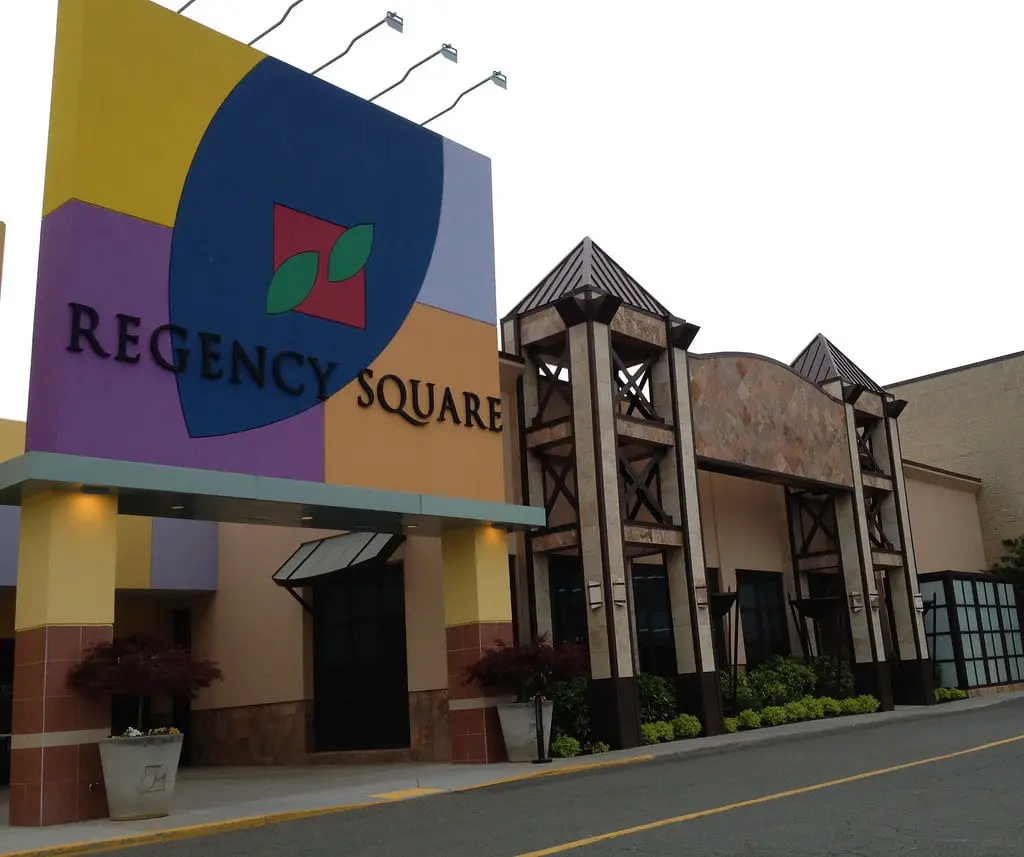


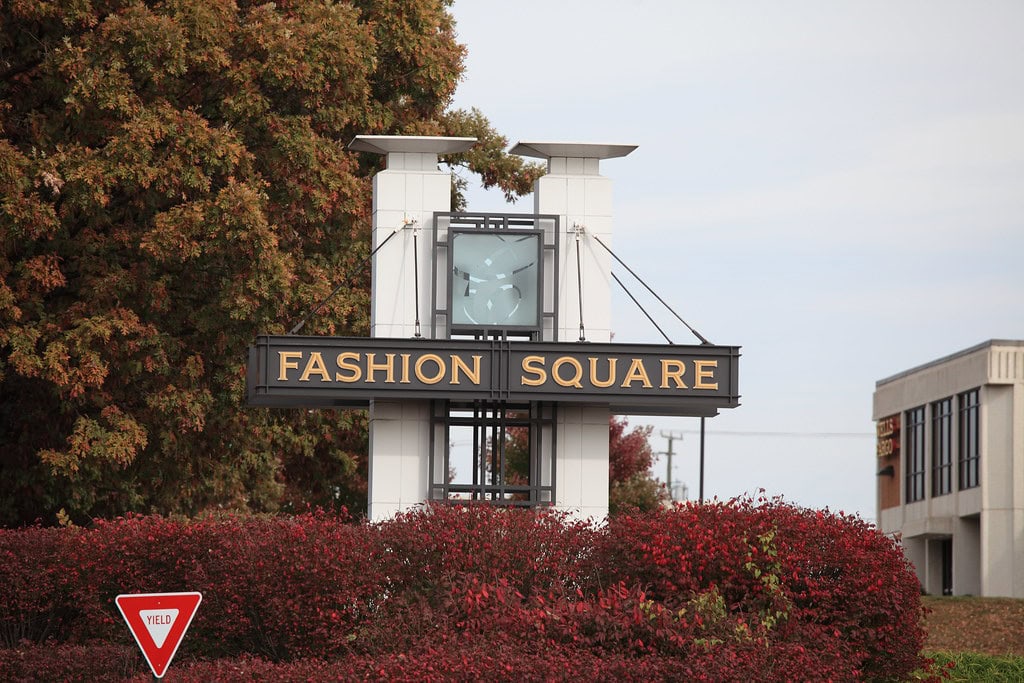
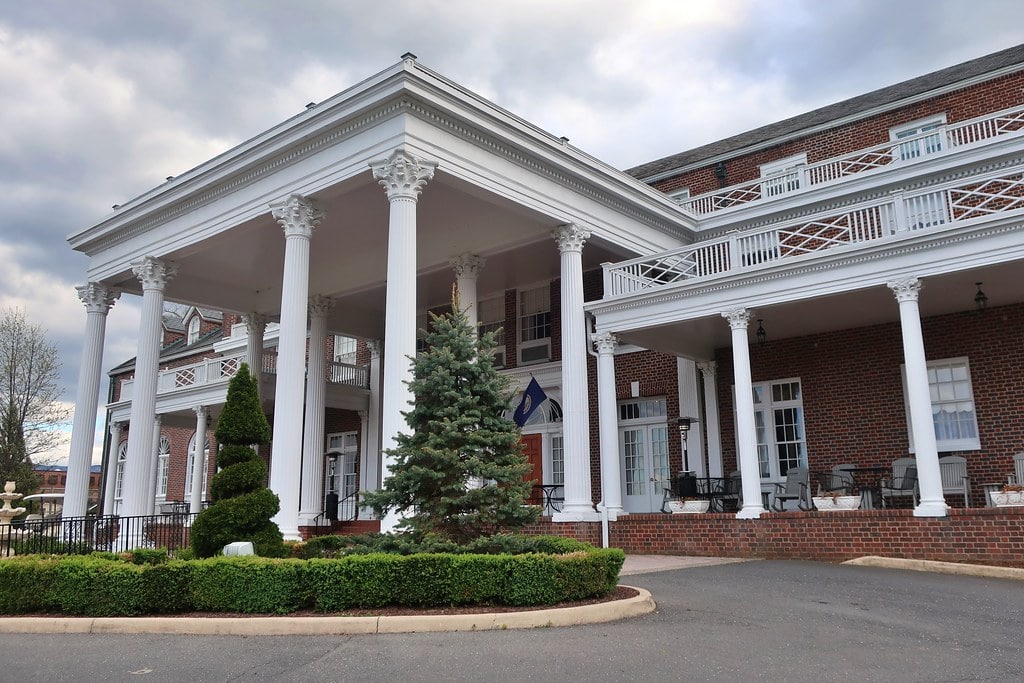
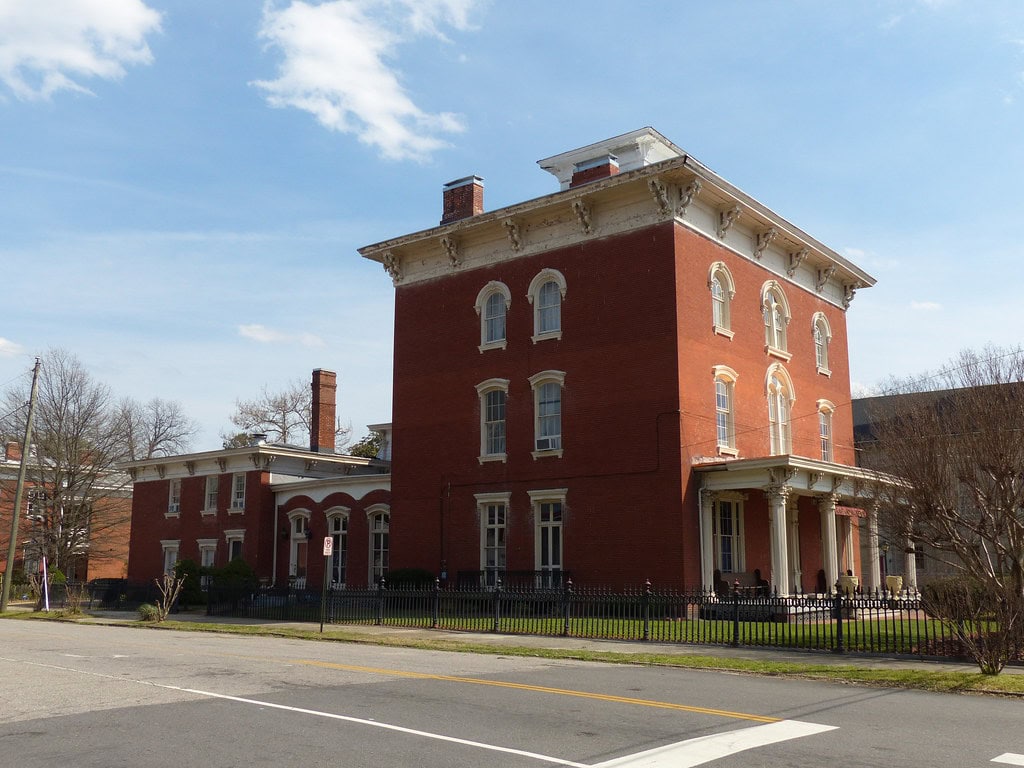
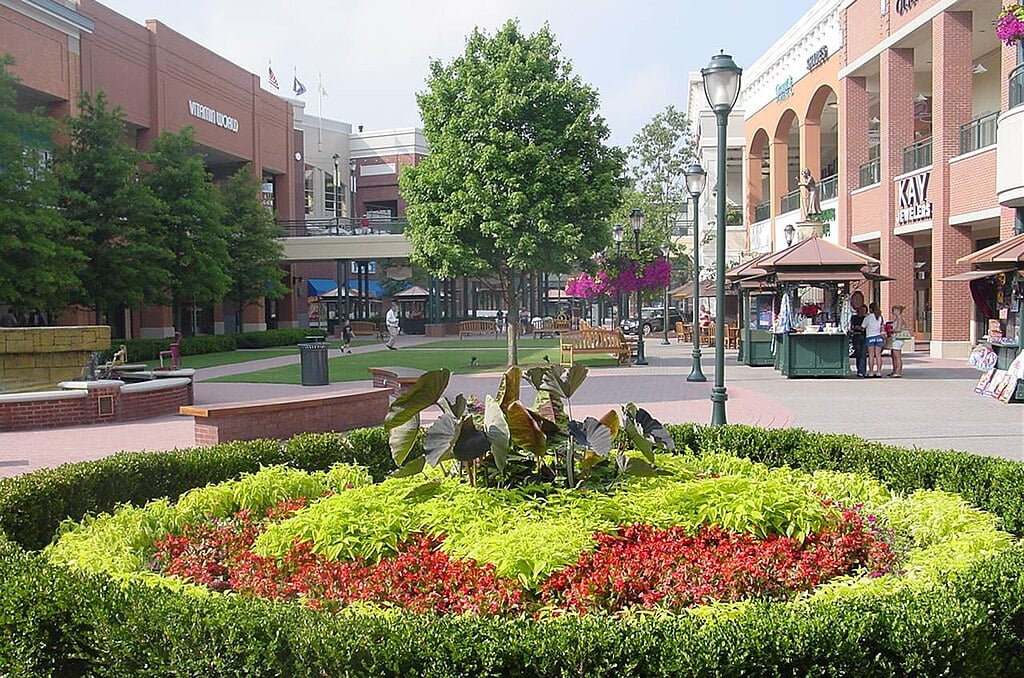
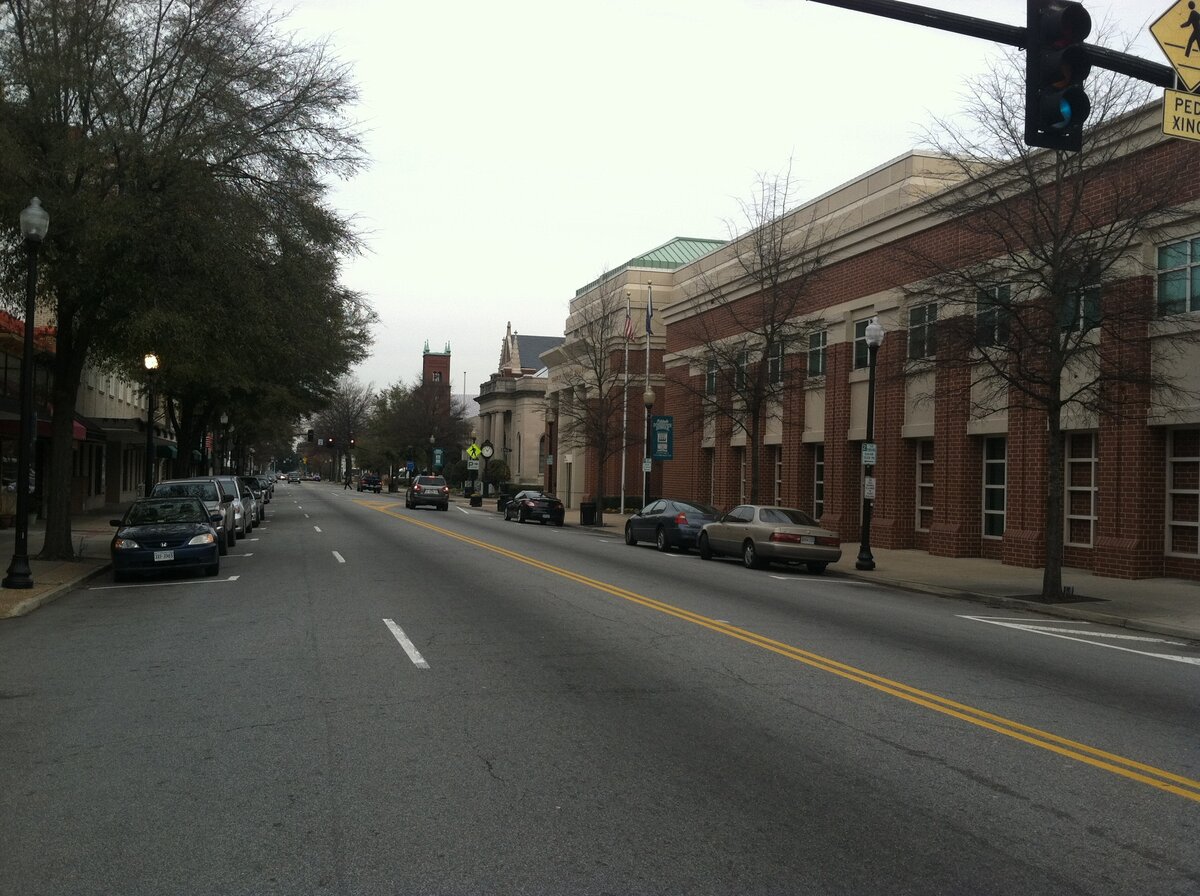
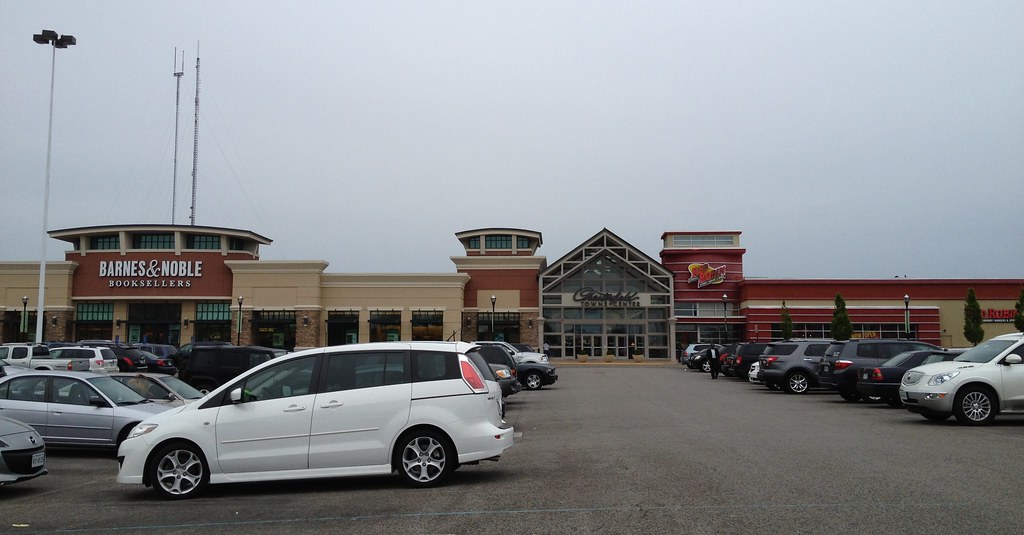
Wow! Great read! Never knew the history of Regency Square Mall. Very interesting!
Thanks. Malls carry more than merchandise—they carry timelines. Regency had its moment. Now the question is, can it get a second one?
No mention of Henrico adult education center???
That wing of the mall is doing something no anchor tenant could: giving people a reason to come back regularly—not for sales but for second chances. It is definitely worth more attention.